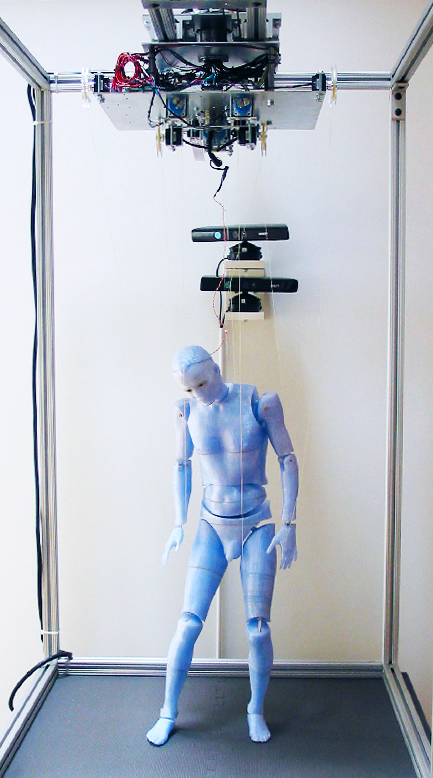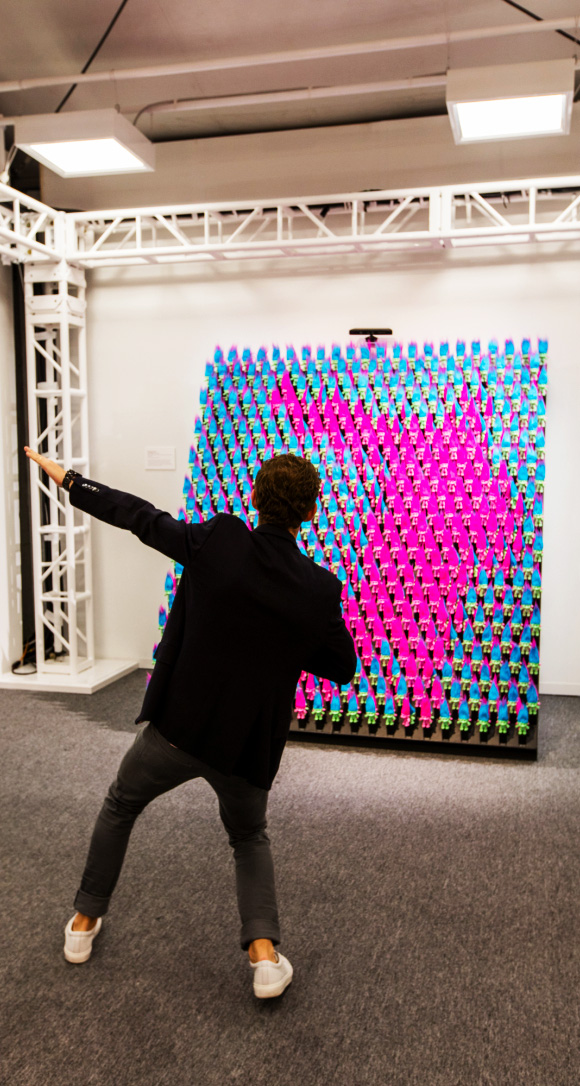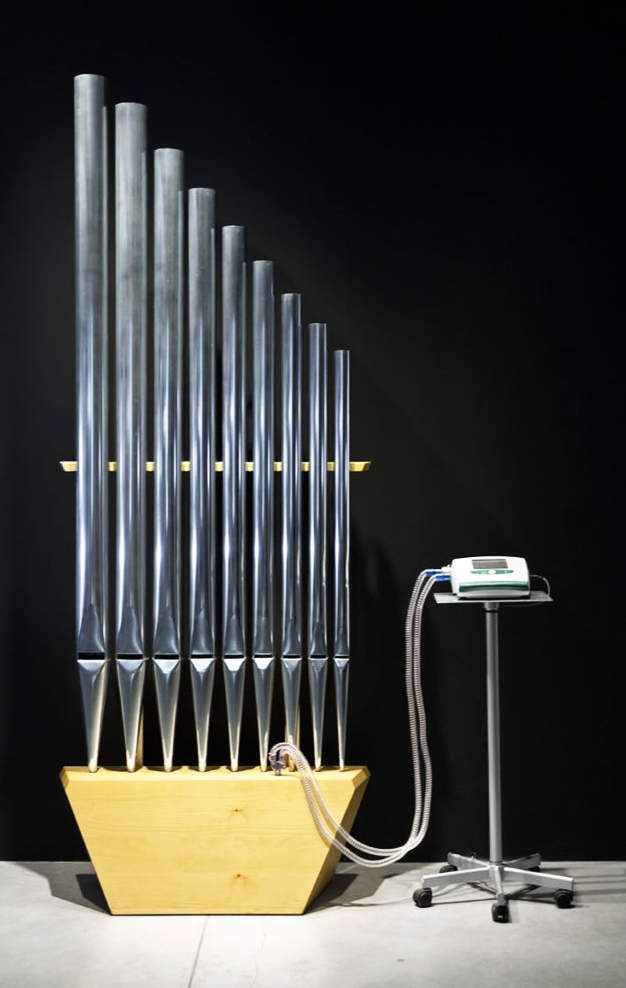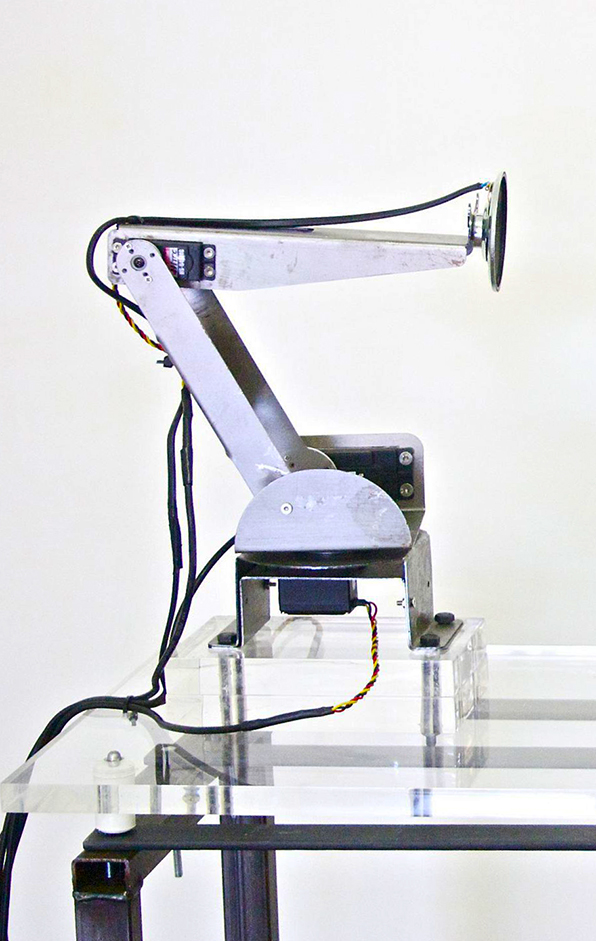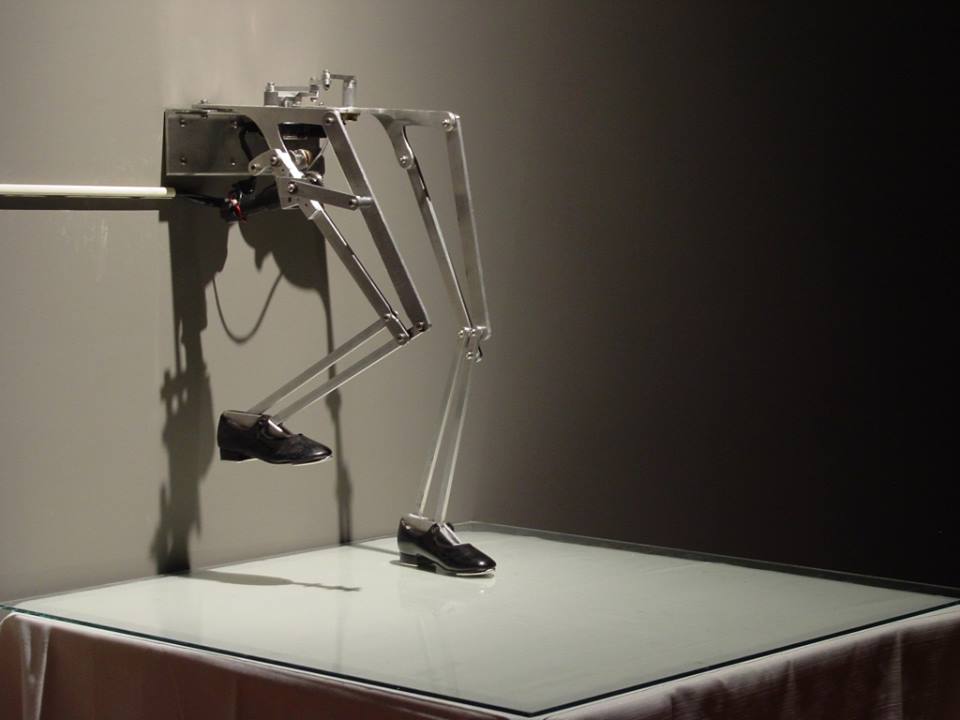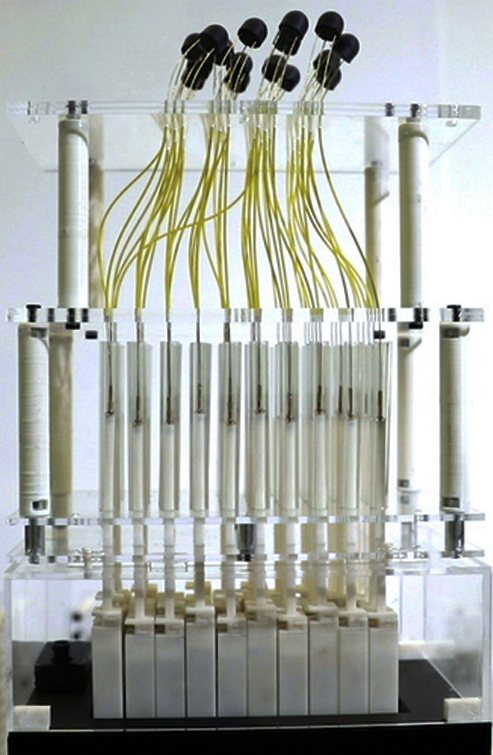
tangible media group
transdock
Ken Nakagaki, Yingda (Roger) Liu, Chloe Nelson-Arzuaga, and Hiroshi Ishii
TRANS-DOCK is a docking system for pin-based shape displays that expand their interaction capabilities for both the output and input. By simply interchanging the transducer modules, composed of passive mechanical structures, to be docked on a shape display, users can selectively switch between different configurations including display sizes, resolutions, and even motion modalities such as rotation, bending, and inflation.
In our paper accepted to TEI 2020, we introduce a design space consisting of several mechanical elements and enabled interaction capabilities. Our proof-of-concept prototype explores the development of the docking system based on our previously developed 10 x 5 shape display, inFORCE. A number of transducer examples are shown to demonstrate the range of interactivity and application space achieved with the approach of TRANS-DOCK.

